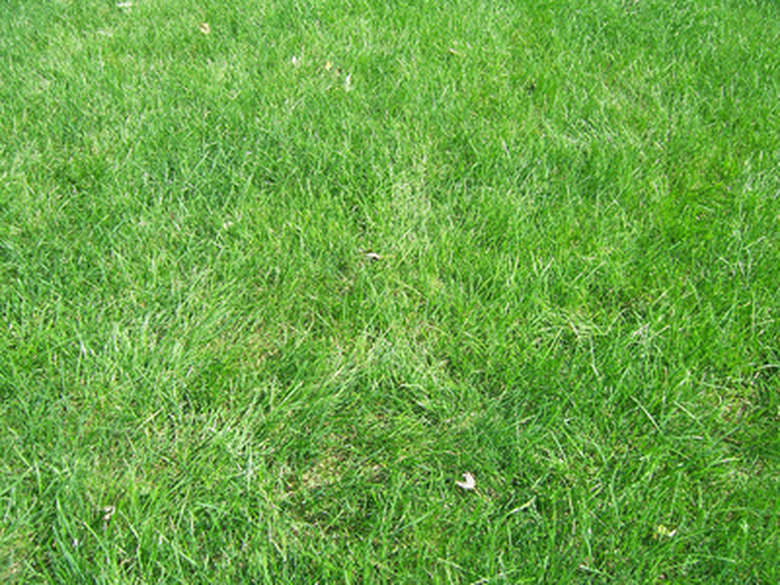What Are Five Characteristics Of Bermuda Grass?
Bermuda grass is a highly variable, sod-forming perennial that has gray-green color blades that are short–usually 1 to 4 inches long–with rough edges. Introduced to the United States from Africa in 1751, Bermuda grass grows in open areas where there are frequent disturbances–such as grazing, flooding and fire. You may also find Bermuda grass on sporting fields, lawns and parks nationwide. Bermuda grass is drought tolerant, shade intolerant, invasive, deeply rooted and tough.
Drought Tolerant
Bermuda grass is very drought and heat resistant (up to 110 degrees Fahrenheit). It is a warm-season perennial adapted to tropical and subtropical climates. Bermuda grass will keep on growing even when the upper parts die off; it is capable of germinating under stressful conditions, such as drought. It prefers extended periods of high temperatures, mild winters, moist conditions and more than 16 inches of rainfall a year.
- Bermuda grass is a highly variable, sod-forming perennial that has gray-green color blades that are short–usually 1 to 4 inches long–with rough edges.
- Bermuda grass will keep on growing even when the upper parts die off; it is capable of germinating under stressful conditions, such as drought.
Shade Intolerant
One of the negative things about Bermuda grass is its requirement for lots of light. Bermuda grass does not grow well under low-light or shaded conditions. Its rhizome, stolon and leaf growth increase in high-intensity light conditions. Low-light intensities produce narrow, elongated leaves with thin stems, elongated internodes and weak rhizomes–which result in the development of sparse turf.
Invasive
Bermuda grass can become invasive and may act weed-like when not controlled. Back when mechanized farm machinery was uncommon, farmers considered Bermuda grass the worst weed. Few herbicides are effective against it. However, this invasive characteristic helps prevent soil erosion.
- One of the negative things about Bermuda grass is its requirement for lots of light.
- Bermuda grass can become invasive and may act weed-like when not controlled.
Deeply Rooted
Bermuda grass creeps along the ground and roots where a node touches the ground. It is capable of producing roots underground during drought conditions. The deep root system can grow 47 to 59 inches deep, with most of the root mass 24 inches under the surface.
Tough
Bermuda grass can grow in any type of soil condition–from heavy clay to deep sand. It tolerates both acid and alkaline soil and is highly tolerant to saline conditions. Bermuda grass can survive heavy, frequent flooding, but also does well on well-drained soil.
A dense Bermuda grass turf can tolerate wear and compaction well, and can recover rapidly from wear injuries. Its tough characteristic makes Bermuda grass the ideal turf choice for golf courses and other sporting fields, parks and high-traffic lawns. The only thing that will weaken Bermuda grass is low light or moderately to heavily shaded locations.
- Bermuda grass creeps along the ground and roots where a node touches the ground.
- A dense Bermuda grass turf can tolerate wear and compaction well, and can recover rapidly from wear injuries.
